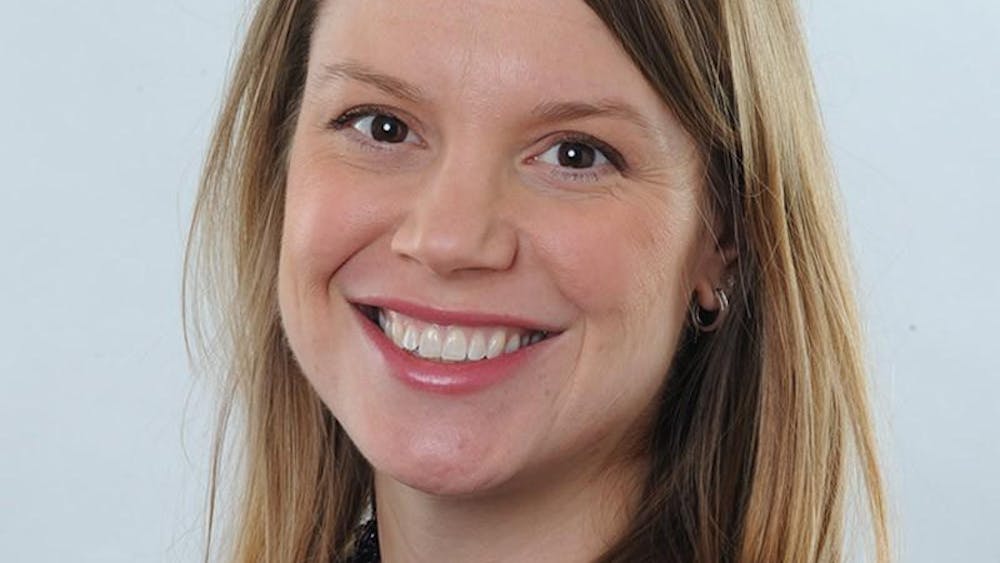In America, driving is something pretty much every teenager looks forward to. The excitement of being sixteen, of having a car and being able to go anywhere you want. On the flip side though, more practiced drivers are wary of these inexperienced, and oftentimes, reckless drivers. As anyone who has been in the vicinity of a high school undoubtedly knows, kids can be pretty crazy when they drive.
Near the end of March, some changes regarding teen driving will be enacted, including a 10 p.m. curfew for 16 and 17-year-olds. This is a step up from the current midnight curfew. Between 10 p.m. and 5 a.m., unless traveling to or from work, teen driving is prohibited. Furthermore, no more than one non-family member under 21 is allowed to ride with them, unless accompanied by a parent or guardian, or an adult 21 or over whom a parent or guardian has approved.
Though some – most notably teens – may vehemently oppose this new law, many studies have shown that teens have a higher risk of crashing at night, and, as reported in the Journal of Safety Research, display more reckless behavior after 10 p.m. The Insurance Institute for Highway Safety states that younger teens have higher crash rates due to their lack of experience driving combined with their immaturity.
In enacting these laws, Michigan will be moving toward the four components advocated for by the Insurance Institute for Highway Safety and the National Transportation Safety Board.
The four components, as listed on Saferoads.org, consist of a six-month holding period of one’s learner’s permit, behind-the-wheel training with a licensed adult during the learner’s permit stage, a passenger restriction limiting the number of teen passengers and a nighttime restriction that limits unsupervised driving.
While I wish it would be possible to adopt something more lenient and relaxed toward responsible teenagers, it’s not practical to just penalize the reckless drivers. Though characteristics of younger drivers more likely to be involved in an accident are known, it’s impossible to adequately identify them and intervene before they crash.
As the Insurance Institute for Highway Safety states, “The logic of addressing all young people is that they all are beginning drivers.” The data consistently shows that younger teens are the most likely to be involved in an accident. In fact, the Insurance Institute for Highway Safety reports that the crash rate per mile for 16-19 year-olds is four times as high as that of older drivers.
Let’s be honest here. Even if we weren’t reckless drivers as teenagers, I’m sure we all knew at least a couple of people who, to put it nicely, did not make good decisions while driving.
It’s inevitable that accidents and fatalities will occur. This law won’t prevent all of them, but as the National Highway Traffic Safety Administration reported, in states enforcing nighttime driving restrictions, crash reductions of up to 60 percent were seen during restricted hours.
This law will help prevent deaths, rather than having to deal with them, and that, I believe, is a worthy goal.








